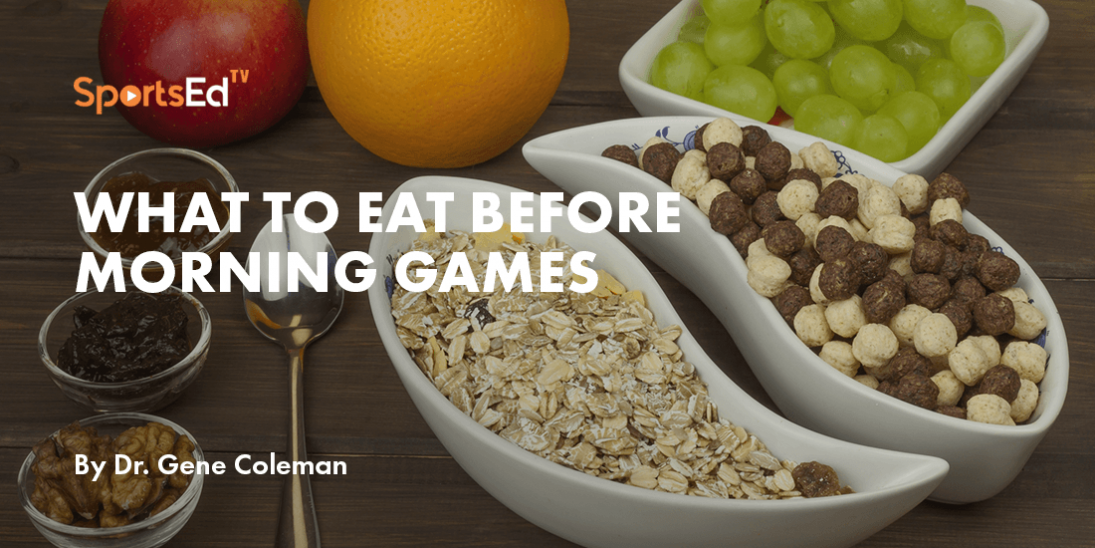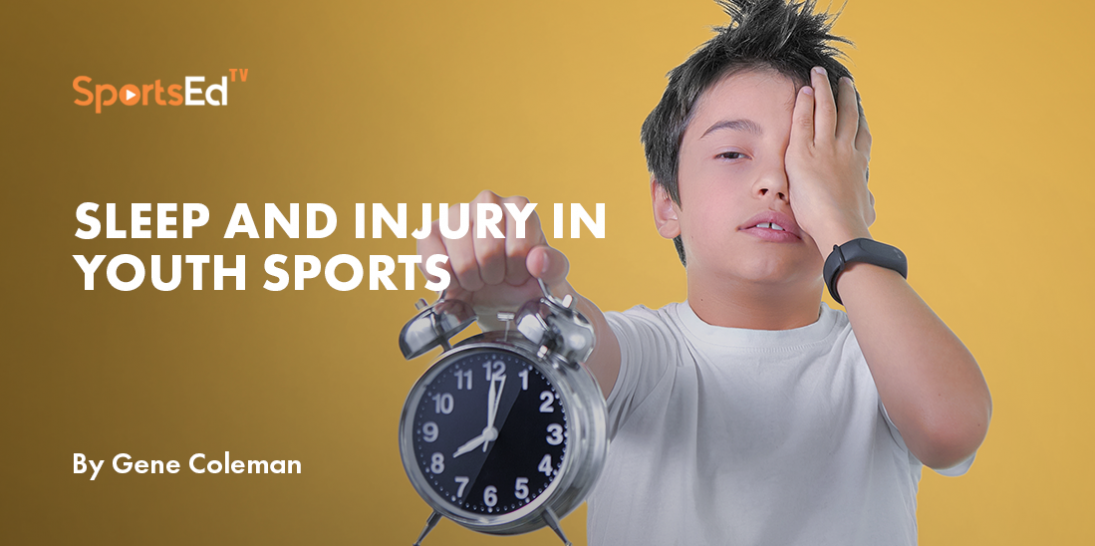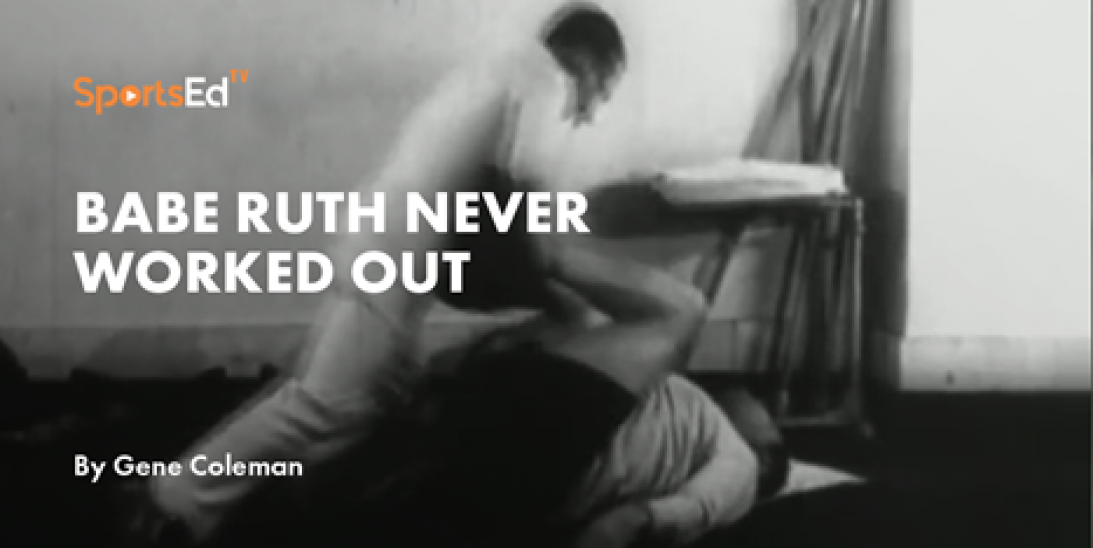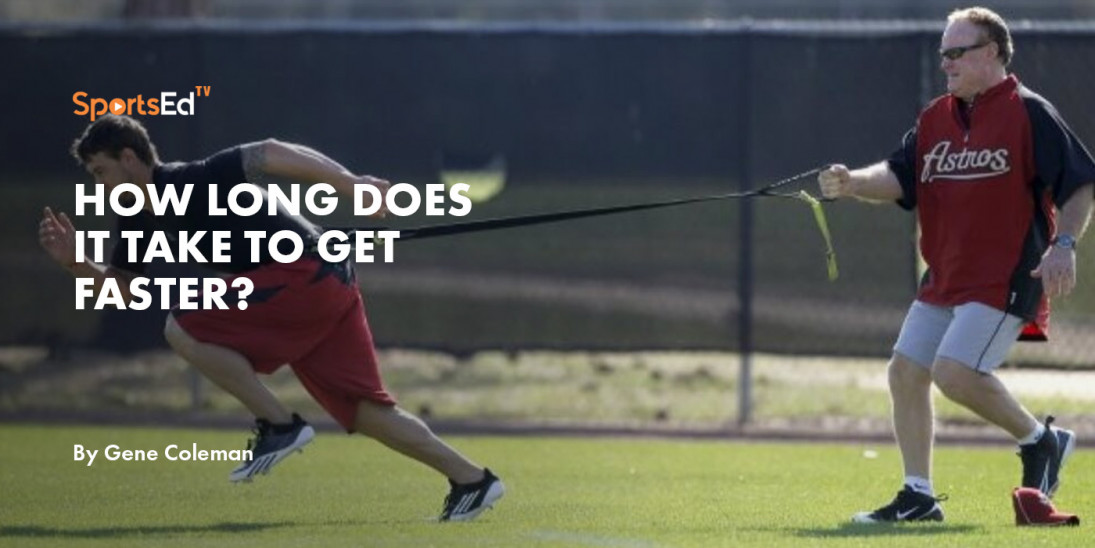Tennis, Basketball, Baseball, Physical Education
Welcome and thanks for visiting...

Should Youth Athletes Play Two Different Sports at the Same Time?
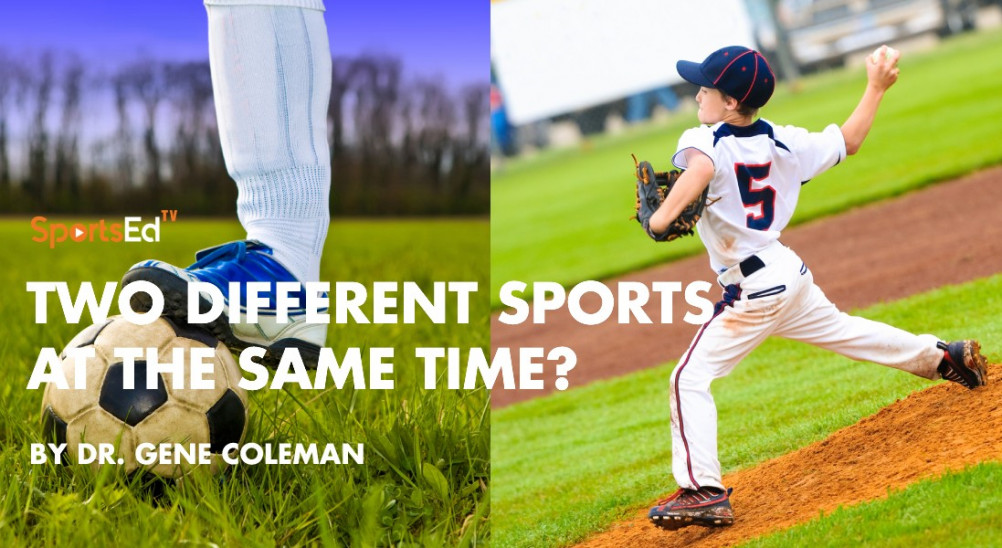
With the spring and summer youth and high school baseball seasons coming to an end, the focus turns to football and/or fall baseball. A popular question among athletes and parents of athletes who play both football and baseball is: “Should I play football and fall baseball at the same time?” The following PBSCC response was prepared after contacting several professionals in the fields of coaching, performance and sports nutrition.
A hot button topic in college recruiting today is the importance of being a multi-sport athlete. Several successful college football coaches have recently expressed support for athletes playing multiple sports. Dabo Sweeney, Head Football Coach at Clemson, for example recently said: “I just think that the cross-training, the different types of coaching, the different types of locker rooms, the different environments that you practice in, the different challenges — I think it develops a much more competitive, well-rounded type person.” Sweeney’s comments have been supported by Urban Meyer, Jacksonville Jaguars head coach, who once claimed that 42 of the 47 players he recruited at Ohio State were multi-sport athletes in high school.
And these beliefs are not limited to football. Approximately 60% of MLB players also played football or basketball in high school3, elite tennis players specialize later than near-elite players1 and Olympic athletes are more likely to have participated in more than one sport after the age of 112.
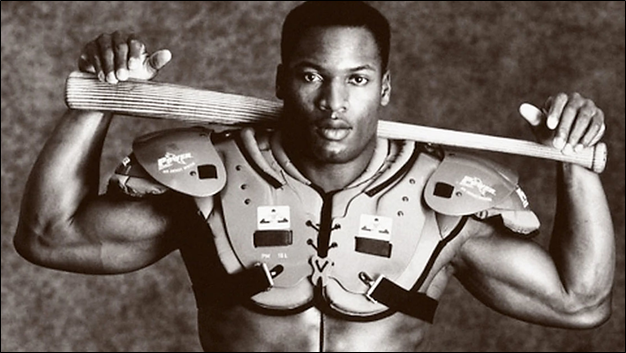
Some coaches believe that multi-sport athletes tend to be more resilient, more athletic, more coachable and more competitive than single-sport athletes. Data suggest that early specialization in a single sport does not guarantee future success. In fact, it often suggests the opposite. In baseball, for example, early specialization does not increase the odds of eventually playing at the college or pro level, but it can increase the risk of overuse injury and burnout. Recent data on MLB pitchers, for example, indicate that those who specialized before high school had a significantly higher rate of serious injury that those who specialized later6. Likewise, over 60% of MLB players surveyed did not believe that early sport specialization was required to play professional baseball3.
Playing multiple sports, especially during pre-adolescent and early teenage years, is good. but, playing multiple sports during the same season is a risky endeavor. Before an athlete and his/her parents decide to play two sports at the same time, they should consider the potential consequences of that decision.
- First, consider the workload. There could be twice as many practice sessions, more games, more running and more muscle, tendon, ligament and joint stress, especially during growth spurts. Athletes playing two sports will also expend more energy, require more calories, more rest and more recovery, but because more time is being devoted to physical activity, there is less time available for rest and recovery. Baseball players whose primary responsibility in football is to punt or kick extra points and field goals are more likely to able to minimize the workload of their second sport. Taking on the full or nearly full workload (games, practices, training, etc.) of two sports simultaneously, however, can lead to serious issues.
- Second, athletes who play two sports at the same time often have trouble consuming enough calories to fuel both sports and getting enough rest and sleep to fully recover between practice sessions, workouts and game. When you combine more stress, lack of fuel and inadequate rest, it can quickly lead to physical and emotional burnout. Work and rest are both important and neither is beneficial without the other. Work is the stimulus for growth, but growth occurs during rest, recovery and sleep. Rest, recovery and sleep play essential roles in personal health, physical growth and athletic and academic performance. When rest, recovery and sleep are minimized, health, growth and performance suffer and the risk of overuse injury and burnout increases. There’s a reason MLB teams tend to play worse in day games after night games, especially on the road. When you try to play two sports in the same season, you’re living in a never-ending day game after night game scenario that increases physical and a mental stress. When you combine more stress, less fuel and limited recovery it can lead to chronic fatigue and cause some to perform less than their best in both sports.
- Third, the primary goals of off-season training are to improve work capacity and get bigger, faster and stronger. When you play two sports in the same season, there is no true off-season for either sport. Playing two sports at the same time leaves little time and energy for off-season strength training, which can cause an athlete to be tired, sluggish and weak in crucial late-season and post-season competitions.
- Fourth, playing and practicing two sports at the same time increases energy expenditure and caloric requirements. Roberta Anding, RD, former Director of Sports Nutrition for the Houston Texans and current Sports Dietitian for the Houston Astros, says, “Young athletes struggle with getting enough calories. Since they also have to fuel growth and development, their calorie requirements are much higher.”
The Food and Nutrition Board of the Institute of Medicine6 says that male high school athletes need between 3,000 and 6,000 calories a day. Female high school athletes need between 2,200 and 4,000 calories a day. For an athlete playing two sports at one time, these totals can be significantly higher. Athletes who don’t consume enough calories and protein to support their activity level, lose weight and lean body (muscle) mass. For many young athletes, weight loss is often the result the body cannibalizing its own muscle mass for fuel. Strength, speed and power are directly related to muscle mass. Athletes who have more muscle mass tend to have more strength, speed and power. Performance among those who don’t consume enough fuel to maintain muscle mass is often compromised.
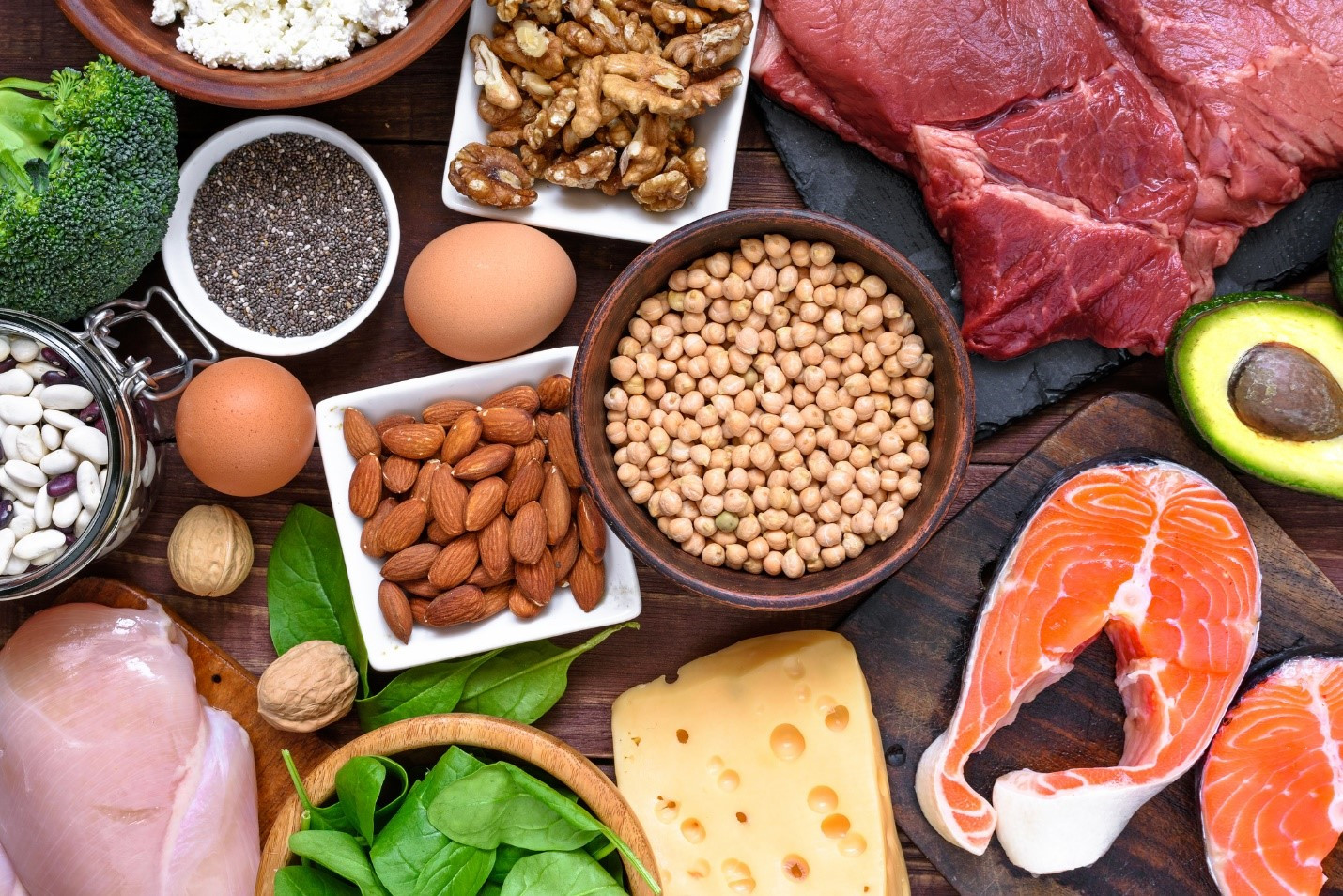
- Fifth, playing two sports at the same time can double the amount of practice and playing time and limit the time available for studying, homework, rest and sleep. Research indicates that a lack of sleep can delay recovery by reducing the production of human growth hormone, increasing the stress hormone cortisol and increasing the risk of infections leading to a cold or flu. Lack of sleep has also been associated with an increased risk of injury by increasing fatigue and decreasing balance and postural control. Sleep research indicates that athletes who sleep less than 8 hours per night have a 1.7 times greater risk of injury than those who sleep 8 hours or more9. And, these negative effects don’t just go away if you take a nap or sleep an extra hour or two on weekends. There are no rollover minutes in sleep9. Missing sleep disturbs your sleep cycle and it can take four days to fully recover from just one hour of lost sleep8.
Research also indicates that insufficient sleep can significantly decrease measures of athletic performance such as sprint speed, shooting, swinging and throwing accuracy and increase the risk of injury. The American Academy of Pediatrics reports that adolescent athletes who sleep eight or more hours each night were 68% less likely to be injured than athletes who regularly sleep less7.
If an athlete chooses to play two sports at the same time, he, his parents and coaches should realize that there are usually three possible outcomes: 1) performance can be good in both sports, which is often unlikely; 2) performance can be good in one sport and less in the other; or 3) performance can be subpar in both. Three things can happen and two of them are bad.
Some athletes can make it work. But athletes, parents and coaches should be aware of the potential negative effects that playing two sports at the same time can have on a busy student-athlete. While many college coaches prefer multi-sport athletes, the potential detriment to a developing athlete’s personal health, physical growth, risk of injury, success in the classroom and performance on the playing field sometimes may not be worth the potential drawbacks of playing two sports at the same time.
References
- Carlson, R. The socialization of elite tennis players in Sweden: Sociol Sport J. 5:242-256, 1998.
- Gullich, A. and E. Emrich. Evaluation of the support of young athletes in the elite sports system. Eur J Sport Sci. 13(3): 85-108, 2006.
- Hill, G. Youth sports specialization of professional baseball players. Sociol Sport J. 10:107-114, 1993.
- Malina, R. Early sport specialization roots, effectiveness, risks. Curr Sports Med Rep., 9(6): 364-371, 2010.
- Wilhelm, A., etc., Effectiveness and risk of injury in professional baseball players. The Ortho J Sports Med 5(9), 2017.
- https://www.researchgate.net/publication/5456338_Nutritional_Requirements_of_the_Child_and_Teenage_Athlete
- Milewski, M., et al. Chronic lack of sleep is associated with increased sports injuries in adolescent athletes. J Pediatr Orthop. 34(2):129-133, 2014.
- https://wakefitco.medium.com/how-long-does-it-take-to-repay-sleep-debt-26fec3d91393.
- https://www.cornwallhighperformance.co.uk/blog/sleep-tips-for-the-youth-athlete

